StellarScape

Searching for Neutrino Emission from TeV Blazars and X-ray Binaries with IceCube
Exploring the Universe with IceCube
The IceCube Neutrino Observatory, located beneath the Antarctic ice, is one of the most advanced instruments for detecting high-energy neutrinos from cosmic sources. Neutrinos, sometimes called "ghost particles," travel vast distances across the universe, passing through planets and stars. My research focuses on identifying these neutrinos emitted by extreme astrophysical objects like TeV blazars and X-ray binaries, providing new insights into the most energetic processes in the universe.
By studying these transient neutrino signals, we aim to unravel the mysteries behind cosmic rays and the violent events that power black holes, neutron stars, and other high-energy phenomena.
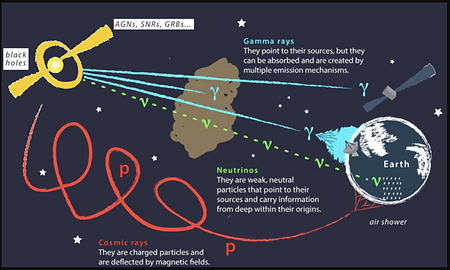
Research Objectives and Methodology
The primary goal of our research is to detect transient neutrino emissions from TeV blazars and X-ray binaries—two classes of celestial objects known for their extreme energy outputs. By analyzing these emissions, we aim to trace the origins of high-energy cosmic neutrinos and better understand the physical processes taking place near black holes and other compact objects. To achieve this, we use advanced statistical models, including Kernel Density Estimation (KDE) and Bayesian blocks, to analyze data from the IceCube detector. We also incorporate light curves from Fermi-LAT, MAXI, and SWIFT, which provide vital temporal data on the potential neutrino sources.
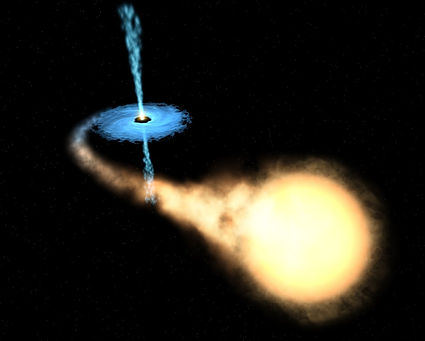
Snapshots of the Cosmos
Below are some plots and visualizations showcasing the different methods we used in our analysis, including how neutrinos interact with the IceCube detector and potential astrophysical sources. The graphs represent data from various sources, Kernel Density Estimation (KDE) plots, sensitivity and discovery potential calculations, background trial results, and bias plots.

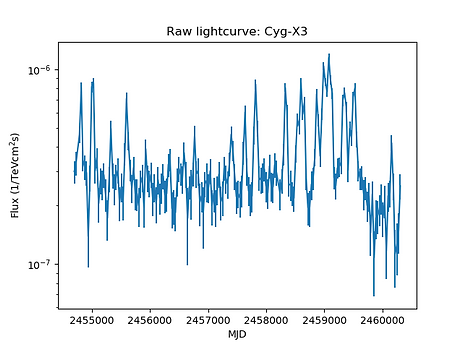

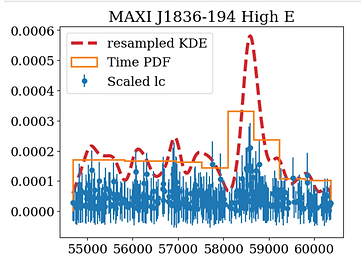
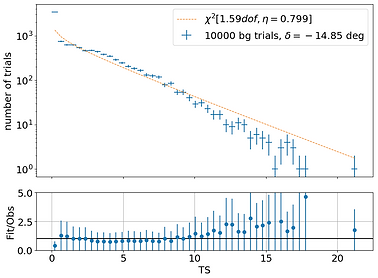
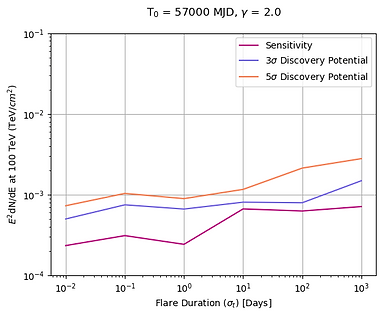

So far, our analysis has identified several promising transient events in the data, which could potentially be linked to high-energy neutrino emission from TeV blazars and X-ray binaries. While these findings are still under further investigation, they represent an important step toward understanding the origins of cosmic neutrinos. The detection of such neutrino events would provide crucial evidence linking these high-energy phenomena to the most powerful astrophysical processes, such as black hole jets and accretion disks. This research could ultimately help solve long-standing mysteries about the sources of cosmic rays and the role of neutrinos in the universe’s most energetic events.